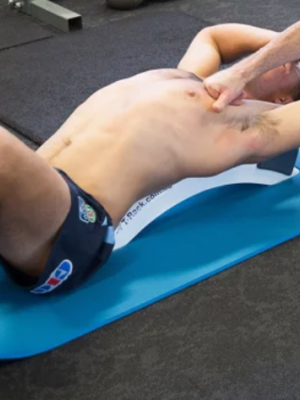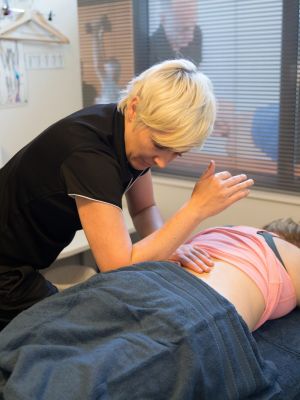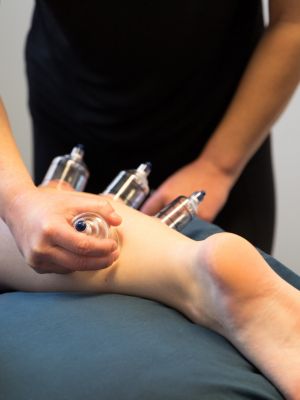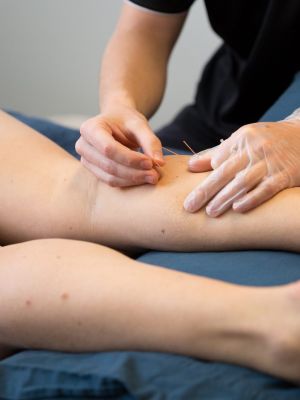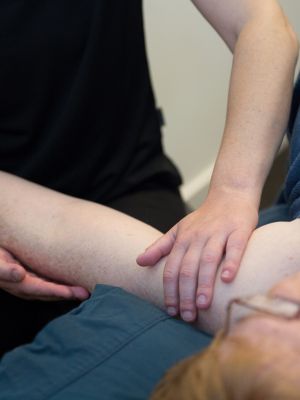Soft Tissue Therapy – Including Remedial and Sports Massage
What is
Soft Tissue Therapy?
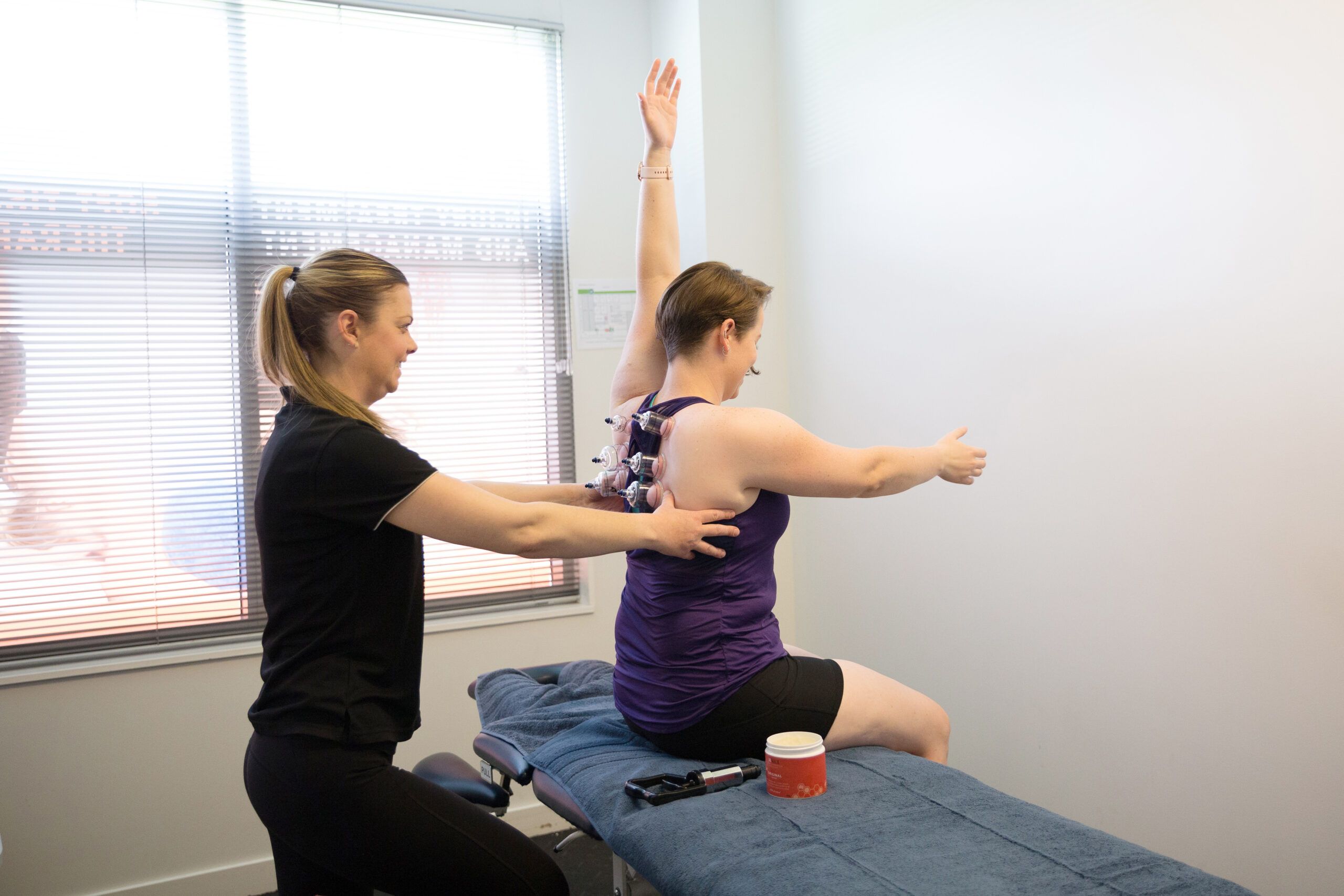
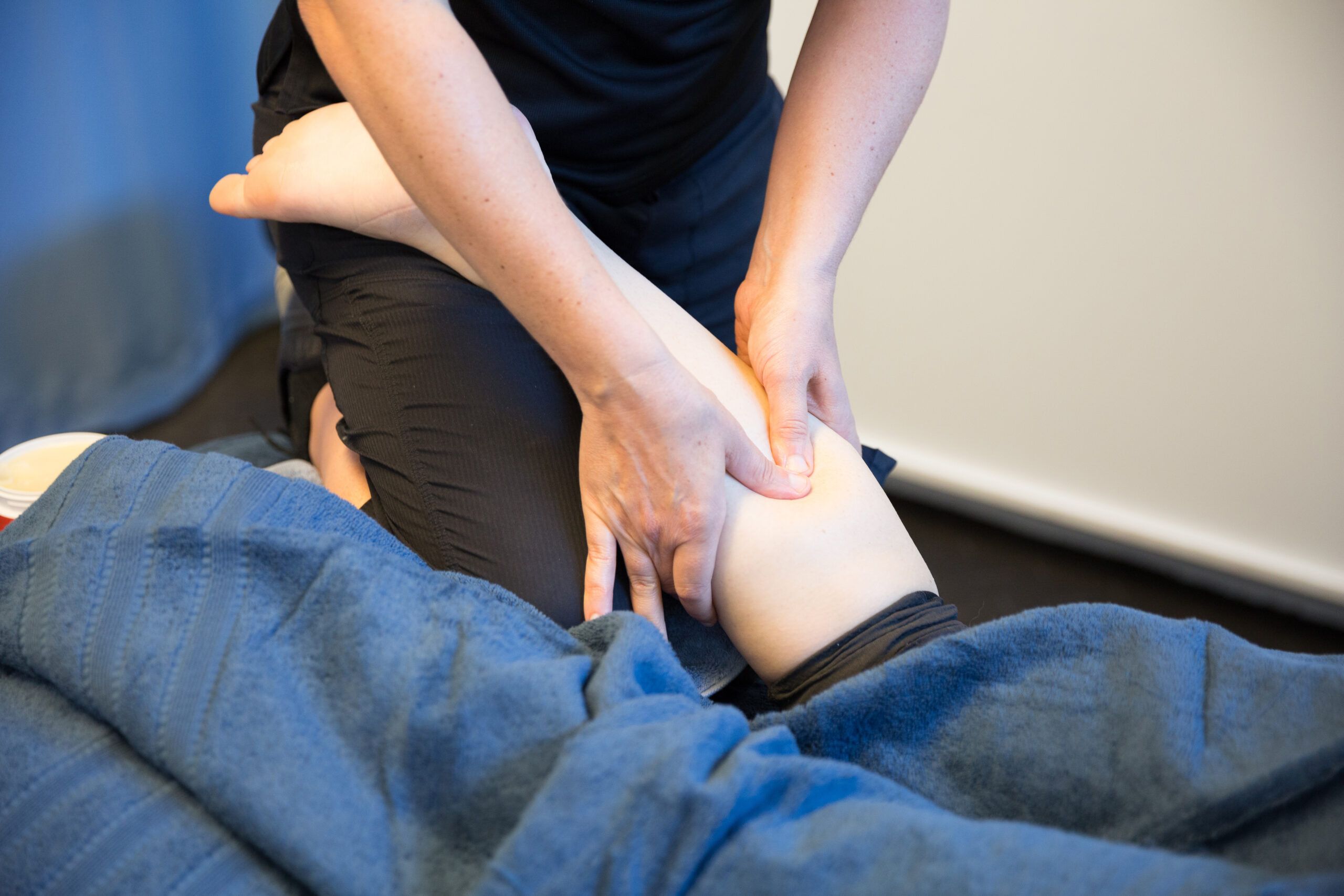
Soft Tissue Therapy is the assessment and treatment of musculoskeletal injury and dysfunction using hands on techqniques.
How are we different to Physiotherapy? We predominantly use ‘hands on techniques’ to achieve your goals. These techniques include:
- Dry Needling
- Cupping
- Taping
- Numerous Stretching Techniques
- Muscle Energy Technique
- Joint and Fascial Mobilisation
- All Massage Techniques and variations
- Home based Exercise and Self Massage
Soft Tissue Therapists apply various treatment techniques to treat aches and pains and enhance rehabilitation of soft tissue injuries – including their underlying causes. The aim of Soft Tissue Therapy treatment is to improve flexibility/mobility, decrease pain and remove any inhibition that is limiting your body to move freely.
Soft Tissue Therapy can be used for a number of injuries or conditions that result from strains, sprains, occupational, postural, sporting and recreational stresses, emotional stress, incorrect ergonomics, faulty biomechanics, muscular imbalances, traumatic or overuse injury or chronic neuromuscular or musculoskeletal illness or disease.
These underlying causes may have symptoms such as general aches and pains, headaches, neck or back pain, joint stiffness, neurological symptoms or reduced flexibility.
- Spinal conditions
- Nerve pain
- Hip, knee, foot and ankle
- Shoulder and rotator cuff
- Headaches
- Neck and back pain
- Sporting injuries
- Workplace injuries
- Postural conditions
- Muscle, tendon, ligament
- Running injuries
- General maintenance
- Injury prevention
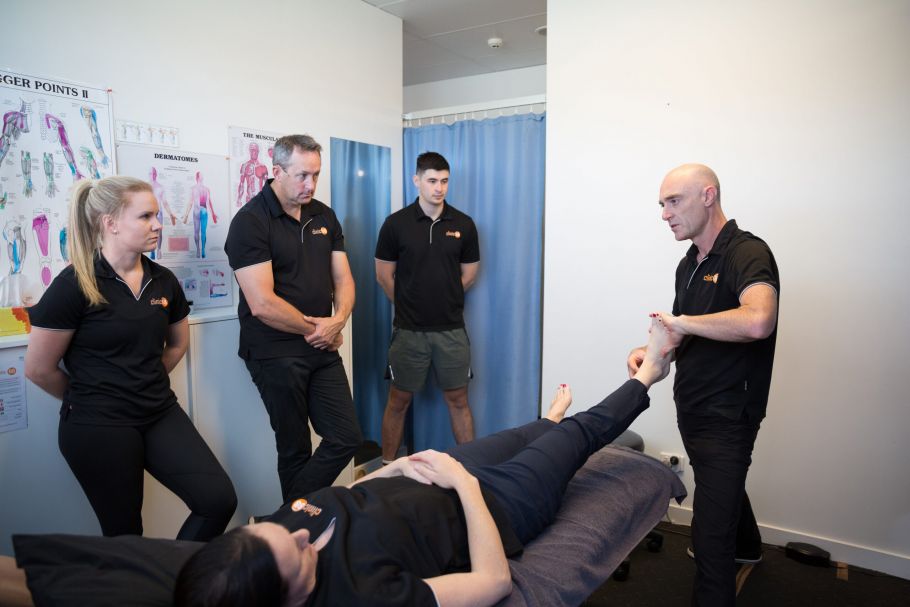
What to expect
Soft Tissue Therapy consists of assessing, treating, and managing the pain associated with soft tissue injury and restricted joint mobility which has been caused by myofascial or muscle dysfunction. It is a holistic approach to injury management as the whole body is taken into account as well as your specific issue.
We use specific soft tissue techniques such as deep tissue massage, myofascial release, trigger point therapy, stretching, dry needling, and heat therapies. Rehabilitation of the injury or condition can be done through exercise and/or stretching prescription and corrective advice.
An initial consultation will involve a brief medical history, presenting injury history, skeletal structure and postural assessment, range of movement testing, joint mobility, muscle strength and neurological testing, orthopaedic tests and a palpatory assessment.
If the assessment is consistent with pain or injury that is better dealt with by other health professionals (sports physicians, podiatrists, etc) then we will refer you to the most appropriate person. Otherwise, we will treat accordingly.
Treatment Techniques
Manual Techniques
During a treatment session, numerous manual techniques may be included, depending on what is deemed necessary after your assessment:
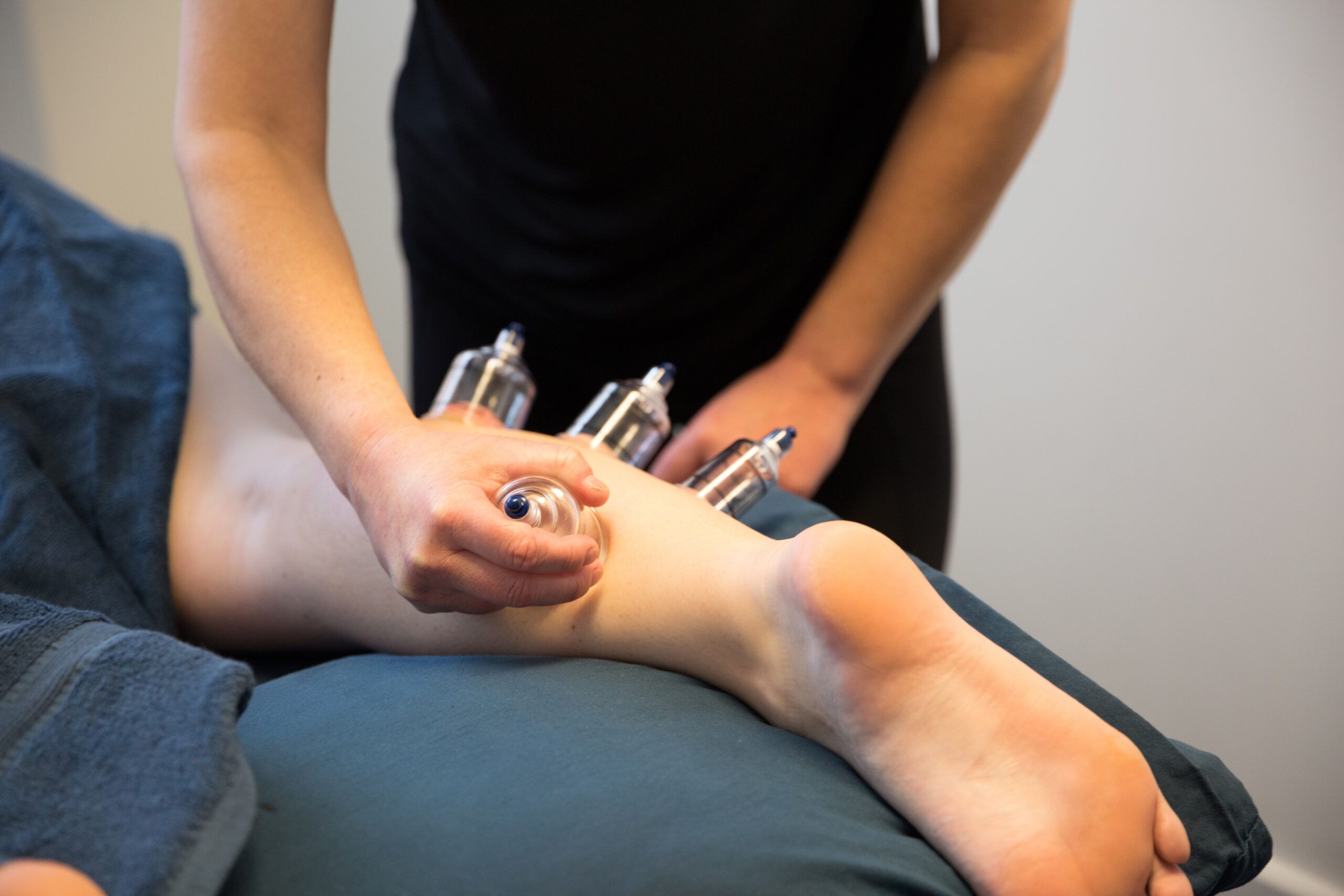

- Trigger Point Therapy is used for the alleviation of trigger points (Commonly called ‘knots’ in social terms. They are hyper sensitive points in muscles that cause local tenderness and pain referral well away from the site).
- Cupping is a technique used for the mobilisation of fascia, scar and other thickened connective tissues of the body. Often used for chronically thickened areas that don’t respond to hands on techniques.
- Myofascial Therapy is used for flexibility/mobility of the connective tissues of our body, alleviating fibrous adhesions and decreasing the severity of scars. This is a hands on technique that is specifically administered to thickened fascial or connective tissue areas of the body. Generally no oil is used and is commonly done through clothes (as the material often creates a better grasp on the underlying tissue).
- Broad Handed Techniques are used for the reduction of swelling post exercise, work, injury or surgery.
-
Frictions is used to mobilise scars, adhesions between fascial layers, muscles, compartments and more. Frictions also promote healing in tendon pathologies and decrease pain perception.
- Dry Needling is often applied to muscles with trigger points, alleviating the trigger point itself and the taught band associated with it. There are a number of Dry Needling techniques that can be used to alter the state of the tissue, hence the technique will vary according to your presentation.
- Massage Techniques – there is an abundance of different types of massage techniques that can be used within each session (some mentioned above). From fascial therapy, to trigger point, to generally oily glides (reducing muscle tension/tonicity) to frictions. Our therapists are trained in all these options and will use whatever they believe is most beneficial for you as an individual.
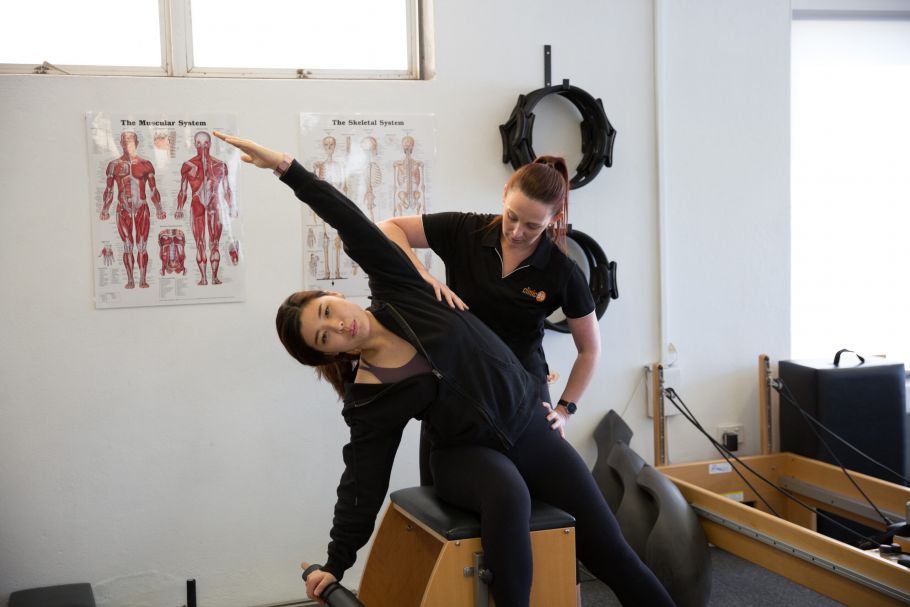
Stretching
During a treatment session, numerous stretching techniques may be employed including:
Static stretches to alleviate an area assessed as excessively tight.
PNF stretches (proprioceptive neuromuscular facilitation) to decrease the tone in a muscle or muscle group that is assessed as being too ‘tight’.
Dynamic stretches to alleviate symptoms of DOMS (delayed onset muscle soreness), the soreness felt one to two days after excessive, new or eccentric exercise.
Muscle Energy Technique (MET) is now a common technique used by a number of therapies. Osteopaths designed the technique over 100 years ago, but like many techniques these days, it is used by many different therapies. MET is the use of light contractions by the client in very specific directions to improve joint restriction and range by altering the resting length of local musculature.

Exercise Prescription
Depending on assessment findings, some people will be given certain exercises to increase strength or simply to ‘wake up’ particular muscles that may be weak or not being used well by the person. Clinic 88 has Exercise Physiologists and Pilates Instructors to assist in difficult cases.
Taping
Kinesio Taping (Rock Tape and other variations of this tape are available) is a relatively new form of taping using a flexible tape. It can be used to support muscle strains, reduce lymph and other swollen areas, increase or decrease the activation of particular muscles and create awareness of postural issues.
Rigid Taping is utilised when necessary. This may be used for postural awareness, acute injuries or fascial mobilisation.
Advice
Probably the most important part of any treatment plan is the advice given to the client. Within each treatment, a treatment plan will be suggested to the client. This may range from a single treatment, to a referral, to the suggestion of multiple treatments.
